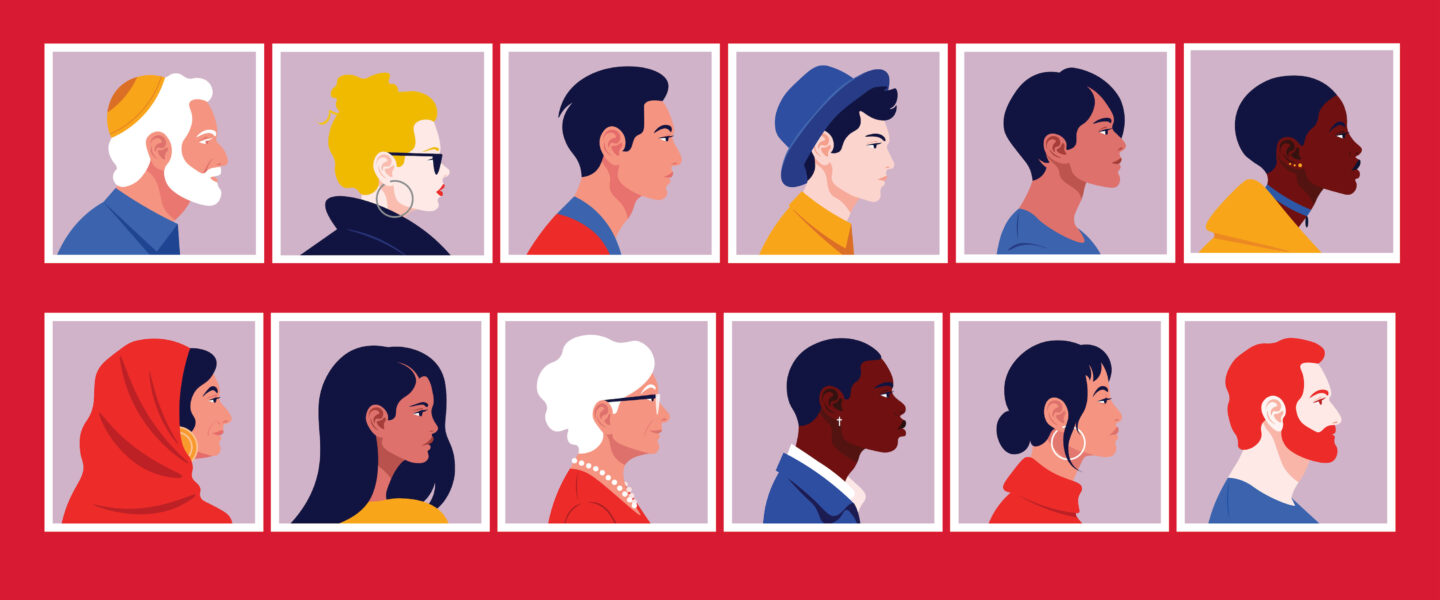
(This is part 7 in our racial justice essay series. Read more in our: introduction, taking a systems view, getting proximate, defining goals, taking stock as an individual and organization, and picking action lanes as an individual)
“The vis insita, or innate force of matter, is a power of resisting by which every body, as much as in it lies, endeavours to preserve its present state, whether it be of rest or of moving uniformly forward in a straight line.”
Isaac Newton’s first law of physics
So, what does this have to do with racial justice?
Inertia is an incredibly powerful force that centers on resistance to change in speed or direction. In our world, inertia comes at multiple levels: individual (think: starting a new exercise routine), institutional (building an anti-racist culture) and systems (changing perceptions of people with differing abilities). With inertia, the greater the mass you try to move, the stronger the resistance required to move it. Similarly, it can be incredibly challenging to make the changes needed to move people, collective efforts, and systems in a different direction.
Are you experiencing inertia at your organization related to racial justice? Maybe your organization has spent the better part of 2020 (perhaps prior years, too) learning about systemic racism in America, holding diversity, equity, and inclusion (DEI) discussions, assigning a DEI taskforce. You might even have released a statement and articulated your organization’s equity goals. But you still feel a bit stuck. We hear several reasons that teams and leaders are feeling this inertia.
To start, your organization might not have clarity on your end goal for impact and equity. The first step to overcoming inertia is reaching consensus on where your organization is headed. Read more in part 4 of our essay series, where Madeline makes the case for starting with the end in mind and bringing your team together around a common dream. Effectively setting a shared goal for your organization starts to bring clarity and shared excitement that helps fight inertia.
Once your organizational goal is set, you might get stuck in aligning your organizational efforts in pursuit of that impact goal. What are the Means to your organization’s Ends? What is the unique role, or “action lane” your organization plays in the movement for liberty and justice for all?
Developing a strong sense of the Means-that-achieve-your-Ends pushes your organization to examine a set of core capabilities. These are not a long, overwhelming list of “to do’s.” These core capabilities form the unique building blocks that create your desired impact, by working in concert with each other. We find that they generally fall into 4 categories:
- Programmatic: What your organization must do well to meet the unfulfilled needs of your community, given your desired impact. Getting proximate to true needs
- Advocacy: How your organization works to dismantle oppressive systems that hurt your community members
- Support Structure: How to provide the needed resources to deliver your programming, develop your talent and team, and ensure long-term financial sustainability. This is the underlying foundation for what makes your organization’s efforts successful
- External Relationships: Understanding your role in the broader social change ecosystem, building relationships with partners working together for more equitable communities
Some teams experience inertia because they have not articulated and aligned their core capabilities, and bite off more than they can chew, as they try to do everything for everyone in their community. Knowing your organization’s Means frees you up to say No to opportunities that do not align with your core capabilities. Strong partnerships with others in the social change ecosystem can help you grow impact, without necessarily growing programs or budget.
Going back to Newton, inertia is not “bad,” per se. It is simply a force that can perpetuate both good and bad elements of strategy. Building an anti-racist organization is hard work. Developing core capabilities needed to achieve racial justice takes effort. Shifting organizational culture takes even longer. When you try to change direction of an entire organization, you will meet resistance. But inertia within an organization can be overcome— with intentional, inclusive design, and patience in implementation. Start to unlock forward movement by casting your gaze toward future equity goals, taking stock of where your organization is at now in terms of racial justice, then aligning your core capabilities toward this impact.
What about you— how are you experiencing resistance to change in your organization? Do you have an organizational culture where you can name and discuss this inertia explicitly? What ideas can you take from this essay to start unlocking forward movement today? If you need a thought partner for these important questions, or the journey of overcoming inertia, just jot us a line!
